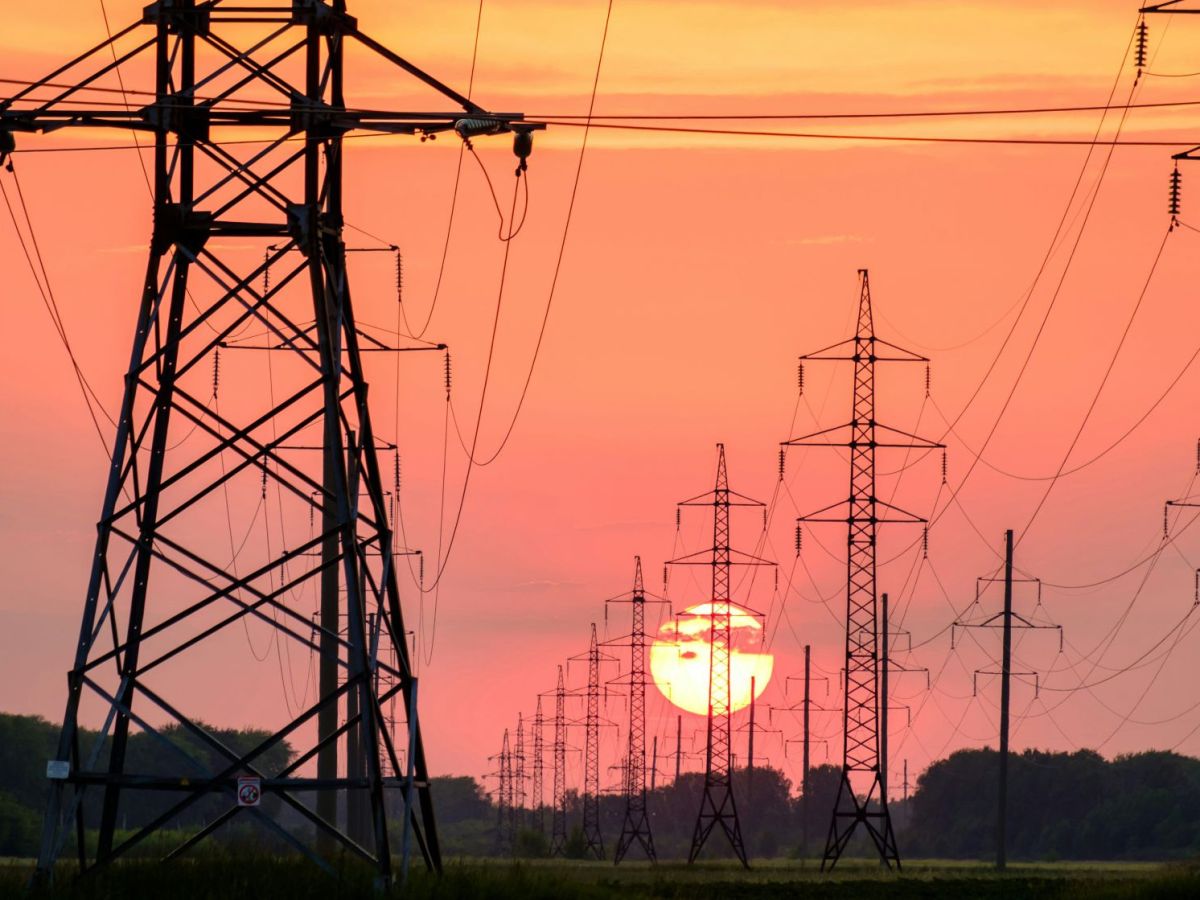Following the release of preliminary findings, the European Network of Transmission System Operators for Electricity (ENTSO-E) now has until September 30, 2026, to publish the final report on the causes of the incident.
The blackout, classified by ENTSO-E as "exceptional and severe," left Portugal and Spain virtually without power for more than 10 hours. Airport closures, transport congestion, and fuel shortages were among the immediate consequences.
So far, a cascading voltage surge, a technical phenomenon unprecedented in Europe, has been the cause of the incident. This was the conclusion drawn from previous meetings of the expert group, whose panel includes the Energy Services Regulatory Authority (ERSE), as well as operators and regulators from several European countries.
According to ENTSO-E, the cascading voltage increases—observed in southern Spain in the final phase of the incident—were followed by sudden production shutdowns, primarily at renewable facilities, and led to the electrical disconnection of the Iberian Peninsula from the continental system, resulting in loss of synchronization and frequency and voltage collapse.
This type of disturbance had never before been identified as the cause of a blackout anywhere in the European grid. If this conclusion is confirmed, it will require "an in-depth analysis and investigation by all ENTSO-E electrical systems experts," as well as the adoption of new measures to strengthen resilience, as the expert group had warned.
The expert group has already scheduled new meetings for October 14th and 30th, November 18th, and December 10th.










